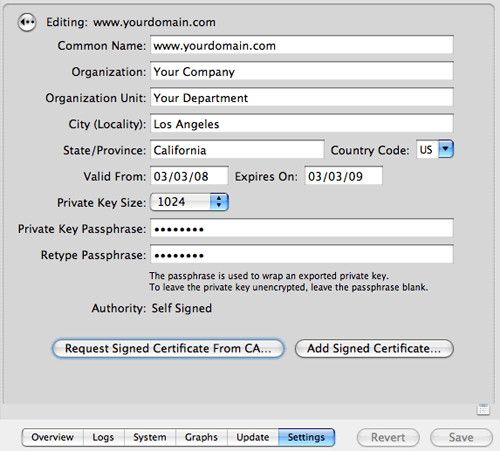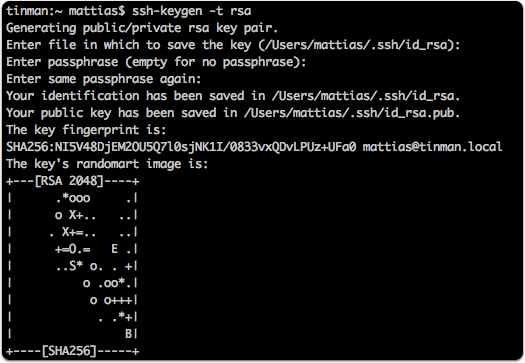


Two-factor authentication using Two-Step Login (Duo) is required for access to the login nodes on IU research supercomputers, and for SCP and SFTP file transfers to those systems. Therefore, you must either be able to log into the remote system with an established account username and password/passphrase, or have an administrator on the remote system add the public key to the ~/.ssh/authorized_keys file in your account.
#GENERATE NEW PUBLIC KEY SSH ON MAC WINDOWS#
This document includes instructions for generating a key pair with command-line SSH on a Linux or macOS computer, and with PuTTY on a Windows computer. The computer you use to connect to the remote server must have a version of SSH installed.If the remote system is using a different version of SSH (for example, Tectia SSH), the process outlined below may not be correct. The information in this document assumes the remote system uses OpenSSH. The remote system must have a version of SSH installed.

Conceivably, you can share the public key with anyone without compromising the private key you store it on the remote system in a. You keep the private key a secret and store it on the computer you use to connect to the remote system. SSH public key authentication relies on asymmetric cryptographic algorithms that generate a pair of separate keys (a key pair), one "private" and the other "public".
#GENERATE NEW PUBLIC KEY SSH ON MAC PASSWORD#
Using SSH public key authentication to connect to a remote system is a robust, more secure alternative to logging in with an account password or passphrase.


 0 kommentar(er)
0 kommentar(er)
